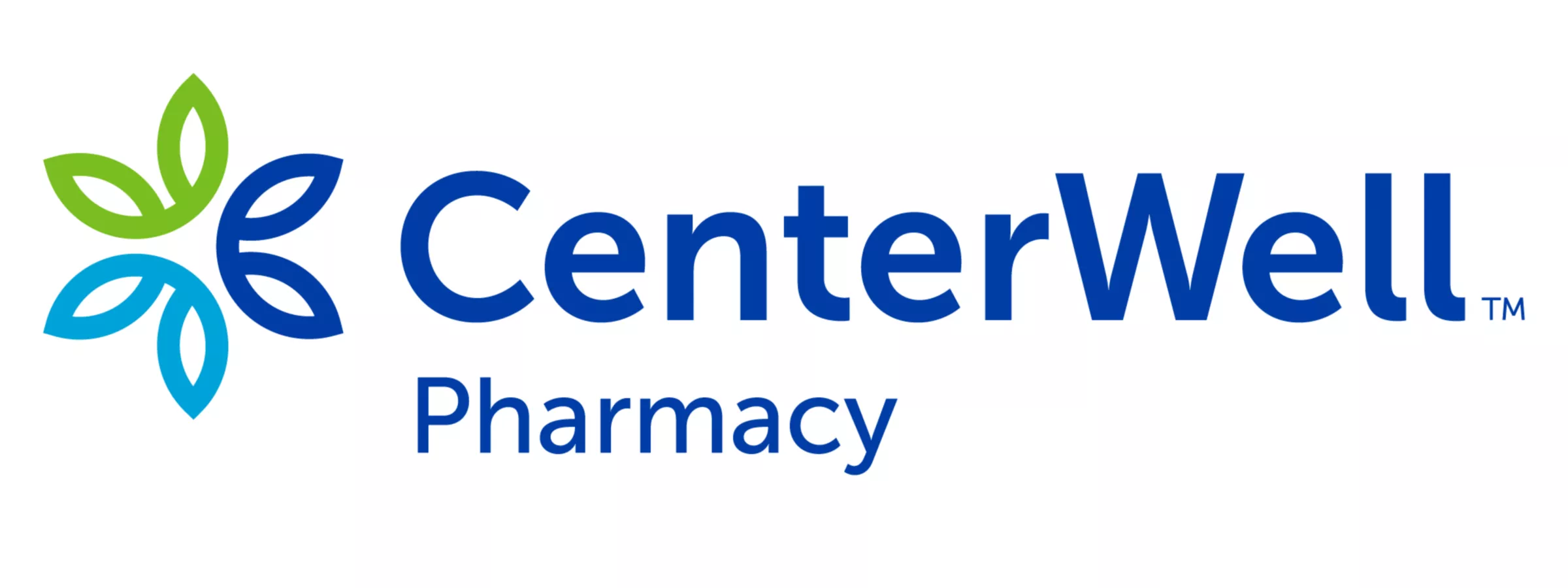To help advance the goals of the National Quality Strategy, CMS introduced a “Universal Foundation” of quality measures in 2023. Quality measures are tools used to assess and compare the quality of different healthcare organizations. CMS uses quality measures in its quality improvement, public reporting, and pay-for-reporting programs for healthcare providers.
The Universal Foundation addresses the need to strike a balance between measuring important aspects of quality in the healthcare system while maintaining a streamlined set of measures. The purpose of the Universal Foundation is to promote alignment across CMS programs while minimizing the proliferation of quality measures. The Universal Foundation will apply to as many CMS quality rating and value-based care programs as possible, with additional measures added as needed.



